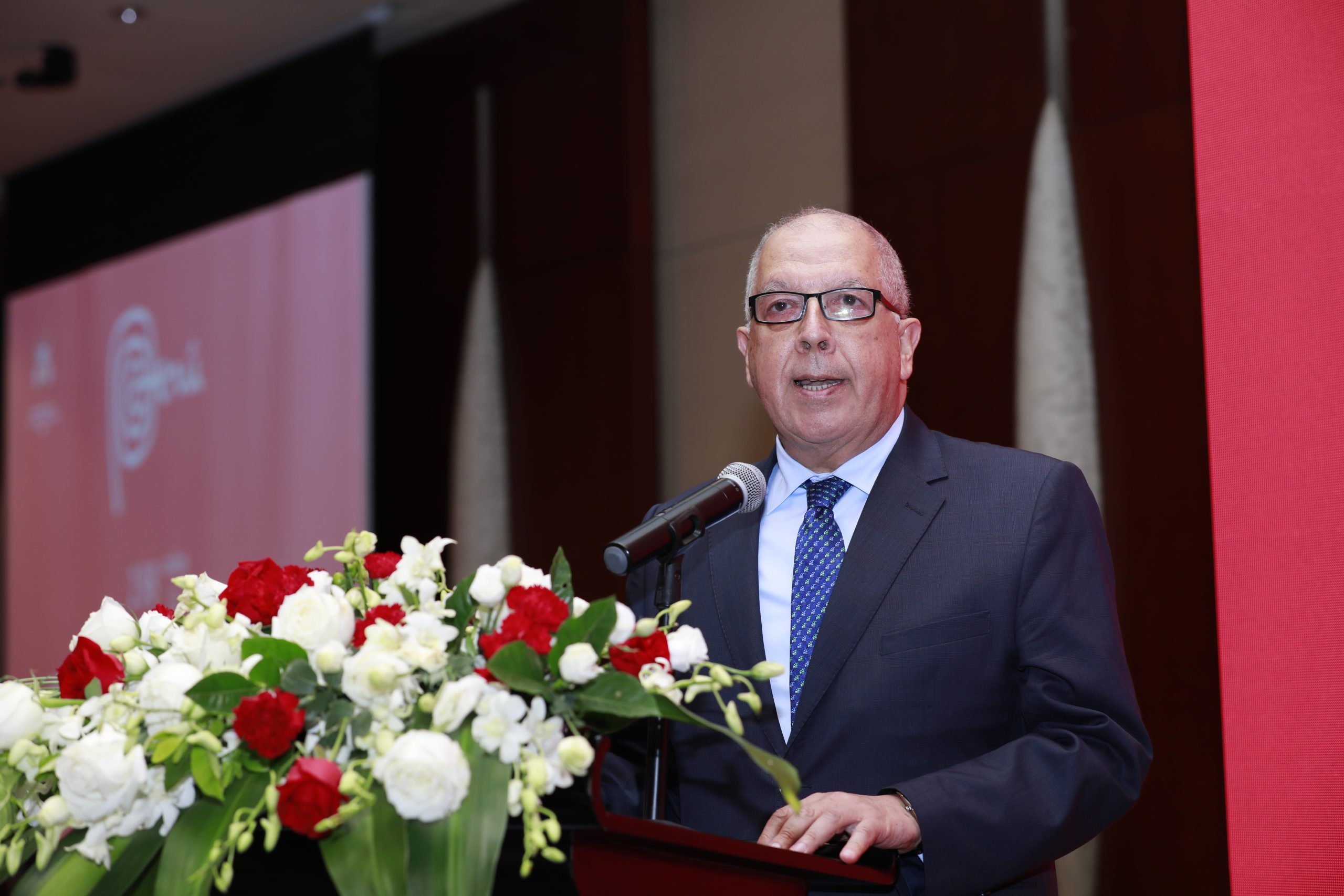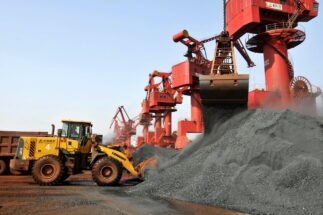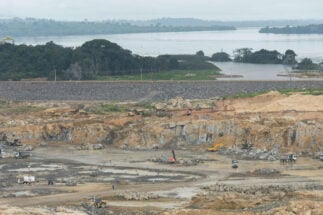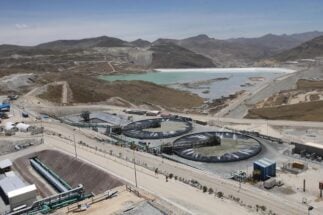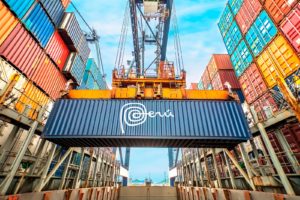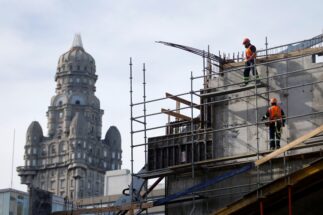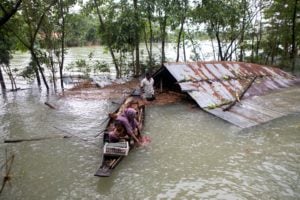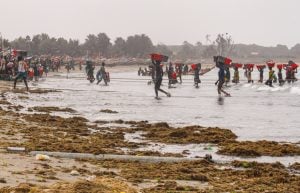Despite Peru’s political instability, driven by constant discord between its executive and congress, and signs of corruption on both sides, the country remains one of China’s main allies in Latin America. According to data from the Chinese Embassy in Peru, the trade volume between the two countries in 2021 exceeded US$37 billion, 60% more than in the pandemic-hit year of 2020. Products such as copper, fishmeal and blueberries lead this trade.
US$30 billion
The current value of Chinese investments in Peru, according to Liang Yu, the Chinese ambassador to Peru
As Luis Quesada, Peru’s ambassador to China since 2018, told Diálogo Chino, Peru is the second largest destination for Chinese investment in Latin America, behind only Brazil. It is also one of the three countries, alongside Chile and Costa Rica, in the region that have free trade agreements (FTA) with China.
In the same vein, the Chinese ambassador to Peru, Liang Yu, recently reaffirmed Quesada’s points, and expressed interest in continuing to grow in the Andean country. “Chinese investments in Peru currently exceed US$30 billion. China is one of its main investors. It has important projects in different productive sectors, such as mining,” Yu explained at a press conference, pointing towards the possibility of Las Bambas – one of the largest copper mines in the world – to “contribute 1% to the Peruvian gross domestic product”. He added that he hopes that the social conflicts around the mine, which centre on the demands of nearby communities, will be resolved.
Amid this expectant atmosphere, Ambassador Quesada spoke to Diálogo Chino from China, discussing Peru’s plans to strengthen its relations with the Asian country, the future of the FTA between the two countries, the use of new technologies and investments in renewable energy.
Diálogo Chino: How did the pandemic affect relations between the two countries?
Luis Quesada: Like everyone else on the planet, we have had to adapt to the virtual world, which has somewhat slowed down our negotiations. However, in other ways, we have not been affected – we have been strengthened. For example, in the midst of the pandemic, the port of Chancay was completed – a clear sign that we are seen as a commercial hub – as well as the acquisition of Luz del Sur, Peru’s largest electricity distribution company, by China Three Gorges Corporation.
Hopefully Peru will continue to have the capacity to attract Chinese investment. There have been problems with Las Bambas, which we hope will be solved, but I think that as long as the legal framework of openness to foreign investment is maintained, China will continue to look favourably on us.
Is it not possible that political instability and the problems at Las Bambas, on top of allegations of corruption involving Chinese companies, could put a brake on investment in the country?
Peru is macroeconomically very strong. That is why no economic catastrophe has occurred so far. On the contrary, despite political complexity, it is one of the countries in the region that is going to grow the most. All the internal problems that the country has had in recent years have been solved within the framework of the law. And that also gives us peace of mind.
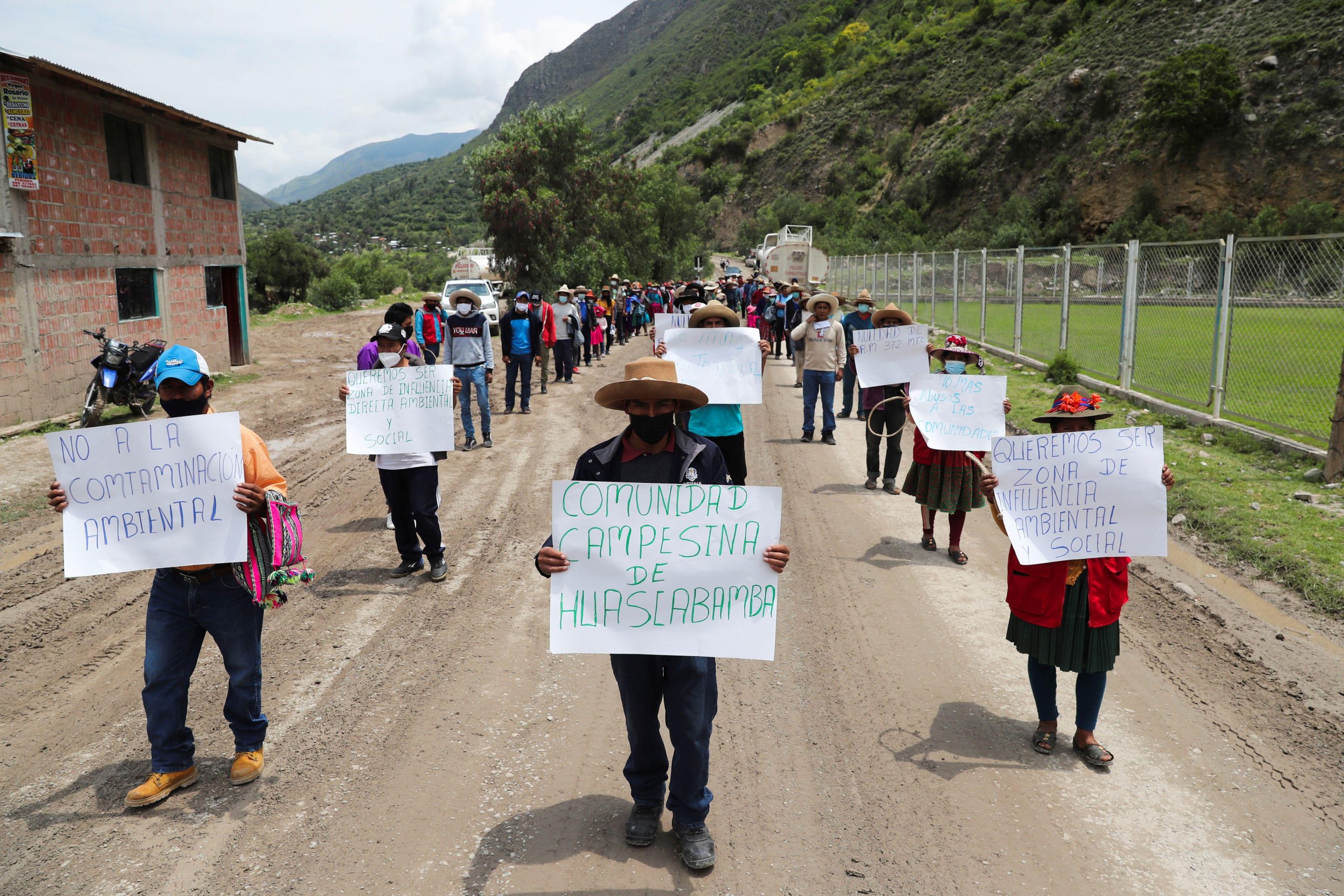
Regarding Las Bambas, social conflicts are not exclusive to Peru. China has many investments in Africa, where it has seen similar conflicts. And from our side, we are going to do everything we can to help the investor. In the same vein, I hope that we can soon have lasting social peace in the area.
As for the complaints against Chinese companies, this is still in the judicial sphere – to talk about that would be to speculate. Here in China, it has not had a major impact. These are difficult times for everyone, but I am optimistic about what is to come and that we can continue to renew ties, resume visits and meetings, in order to speed up the processes.
Do you see the renegotiation of the FTA as an urgent issue for discussion?
We have had this free trade agreement for 12 years and it has given us enormous access to products. However, trade in the world has evolved dramatically, creating new patterns of trade. So the FTA is becoming obsolete.
In what sense is it obsolete?
We have to reinvigorate it. Before the pandemic, we were working very well. There were exchanges, trips, meetings, all led by [Peru’s] Ministry of Foreign Trade and Tourism. Hopefully we will soon be able to go back to that. We are still active, signing agreements and so on, but the pandemic has slowed down everything we were doing. Without going into the details, we want to modernise the FTA with elements that have to do with e-commerce, competition policy, intellectual property, rules of origin and customs procedures, among other aspects that need to be fine-tuned as the meetings progress.
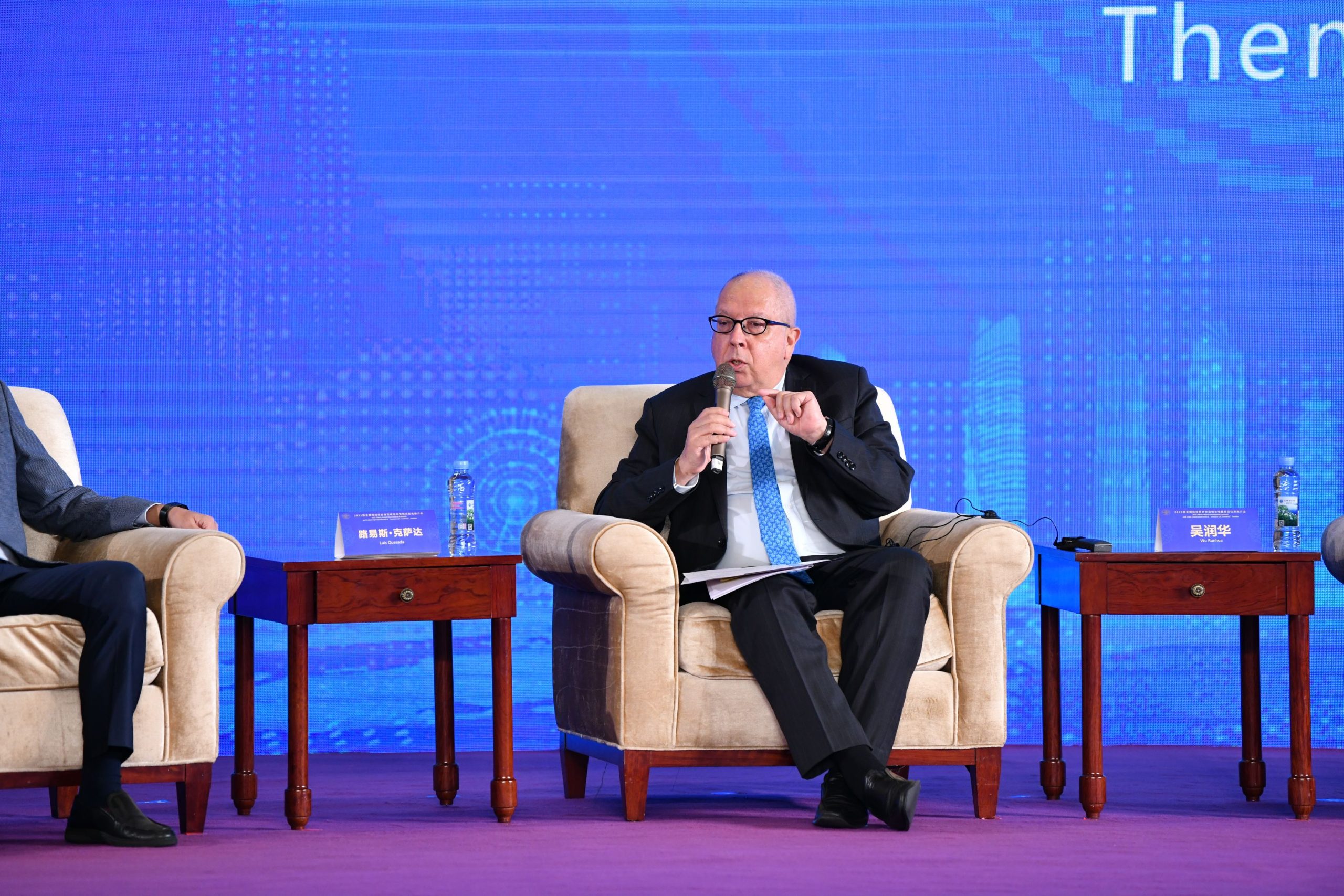
There is a large section of the Peruvian business community that complains that the FTA does not help them.
In my experience in international relations, I can tell you that relations between states are always asymmetrical. It happens with the United States, with all countries, no matter how much goodwill there is. Entering China is quite a competition, and I take my hat off to the efforts of the Peruvian business community to enter here, because the competition is very strong. This is the second power in the world at the moment, and we are all competing for this portion of the market.
The feeling that remains is that Peruvians have not been able to take full advantage of the FTA…
The maximum possible effort has been made, and everything has to be modernised in order to make the best use of it. For example, we have high expectations for the export of agricultural goods such as avocados, blueberries and other products that are attractive to the Chinese market. But for this, we have to boost irrigation projects, such as Chavimochic or Majes, so that they can give an enormous boost to agro-industry.
When will these changes be seen?
It is difficult to know at the moment when the change would be made. The dialogue has been maintained, but if it were face-to-face, it could surely be quicker. There is a willingness on the part of both countries to come to a good conclusion. But there are still issues that need to be agreed. Negotiations are often best done face-to-face. In the meantime, both countries are doing their best. I am not sure when we might have a modernised FTA, but I am optimistic.
In which sectors do you want to attract Chinese investment in Peru?
We want to digitalise our economy. We need a more digital governance, to strengthen the national digital transformation system, and China is a pioneer in this regard. Personally, I see a great opportunity for cooperation and exchange of ideas here. And we are working on that as well.
As long as the legal framework of openness to foreign investment is maintained, China will continue to look favourably on us
We also want them to invest more in renewable energy. We have an immense hydroelectric capacity, but there are also fields in which Peru can increase its potential, such as wind or solar energy, where there is good potential. We are trying to attract this investment.
And China is interested in renewable energy development…
China realises that environmental protection is key at the moment. They are making great efforts to try to look for more renewables, and to get rid of the coal industry, even though it has gone back on that a little bit because of the pandemic. Nevertheless, there is a clear objective. It is an issue that should bring us closer together.
What comment would you have for those who say that Chinese environmental standards shouldn’t be allowed in Peru?
In Peru, Chinese extractive industries conform to our regulations. And I think that, to a greater extent, this has been fulfilled. Peru is one of the countries with the strictest laws for compliance. We have not had any environmental problems with China. Our problems are more social, but they are not caused by them – for example at Las Bambas – rather coming from a long time ago.
How has Peru become involved in the Belt and Road Initiative?
China mentions this initiative a lot. We have signed a memorandum of understanding, which has been a joint coordination of all the ministries involved. This memorandum reflects our willingness to work with China, and safeguard our interests.
[The signing] was a gesture of goodwill from Peru to the Chinese government – to tell them that they are welcome, that they should invest in infrastructure, that there should be greater cooperation. It is a valid instrument, which has the political value of love for the country. The port of Chancay is a project that fits into this cooperation scheme.
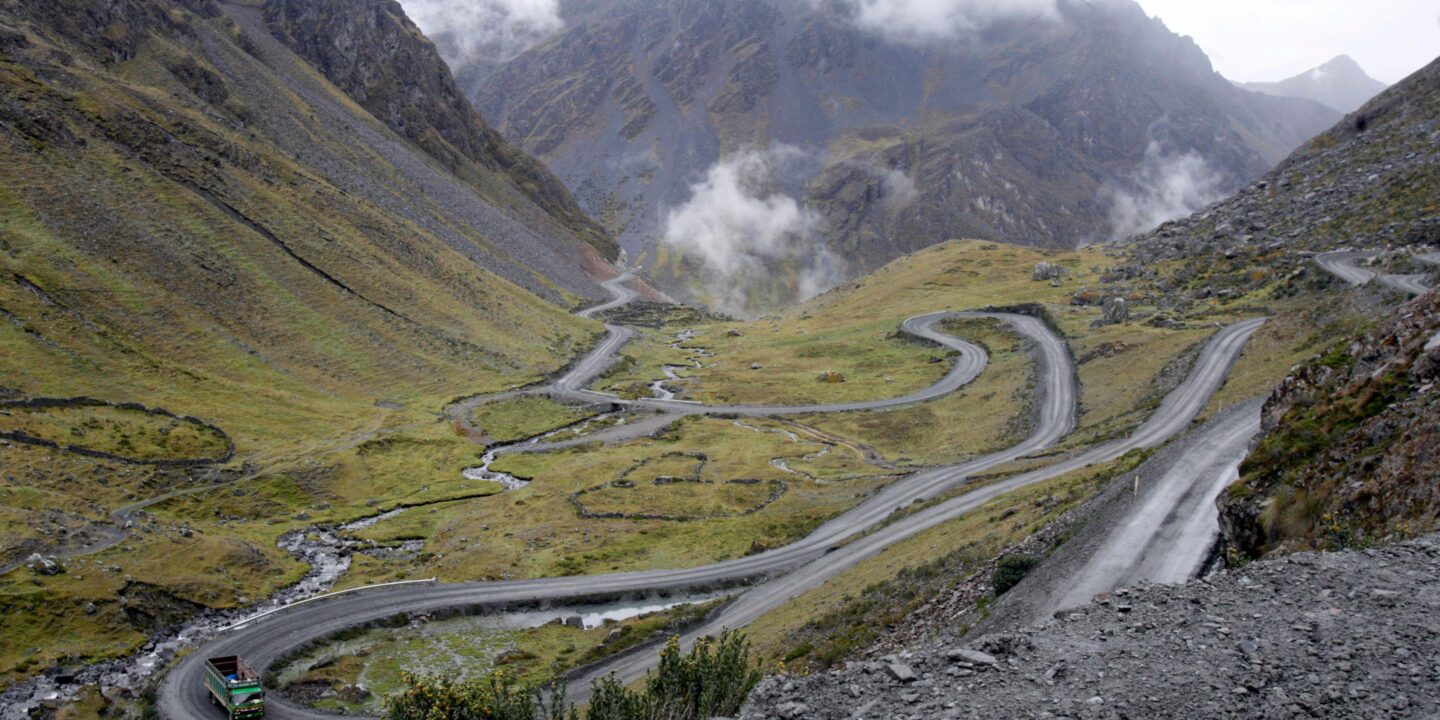
In recent years, there has been a lot of talk about railway projects…
It has not been talked about for a long time. In 2017, there was thought of investing in a train that would run through the Peruvian and Brazilian Amazon, but the government at the time did not see the need for it and it all came to nothing. I see Peru as a good country for the development of railway projects that could link areas that are not well connected. There was interest, but nothing has been defined yet.
What other opportunities lie ahead for both countries?
We have the Asia-Pacific Economic Cooperation (APEC) Summit coming up [in Peru] in 2024. This is the third time we are hosting it. It is a good opportunity, coming out of this global crisis, to increase contact at the highest level. And we need to look at more areas for further cooperation. In energy, trade and digital issues. I believe that the relationship will continue to grow qualitatively in many aspects. We have to take advantage of the fact that we are the most “Chinese” country in the region.
